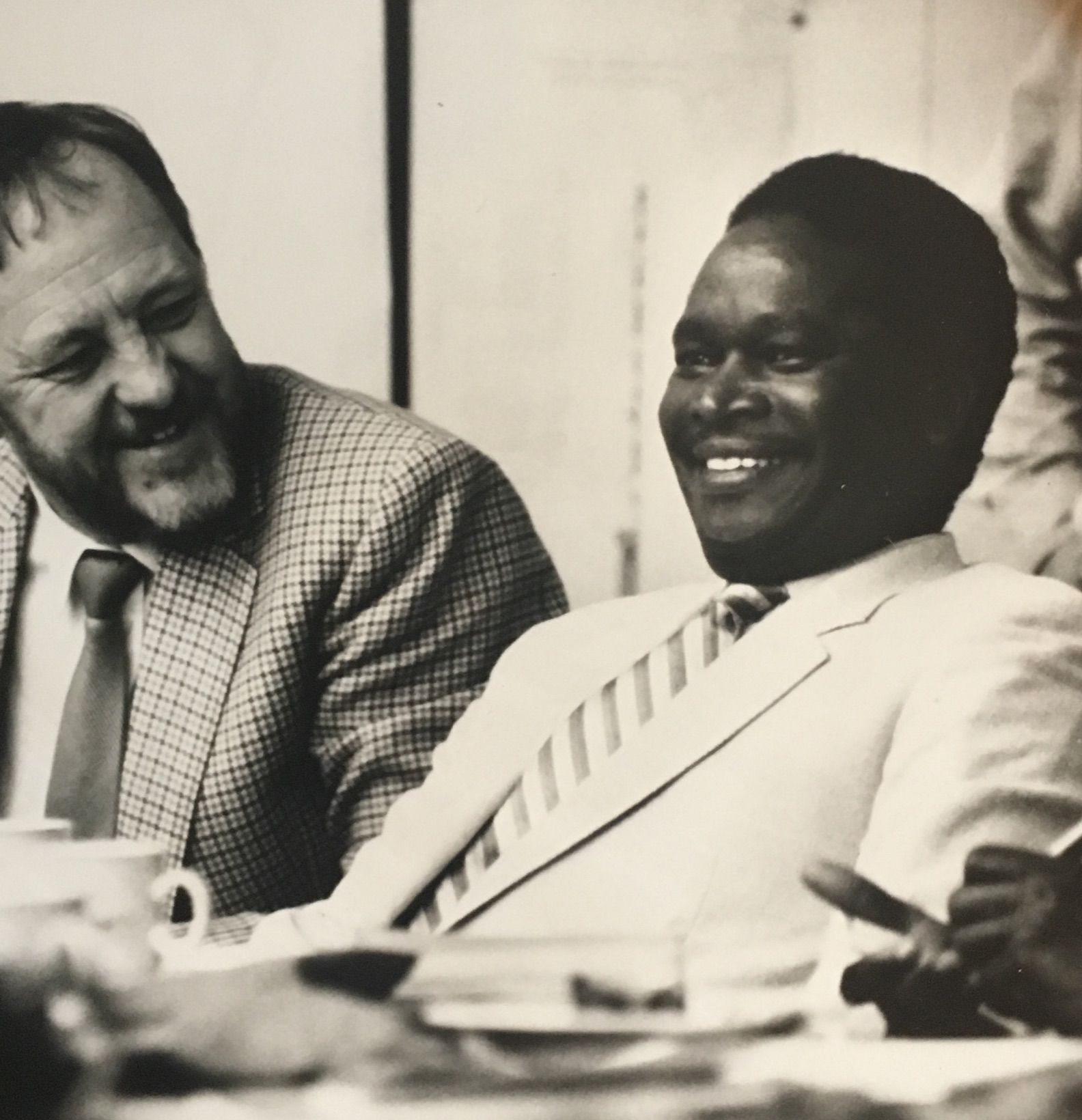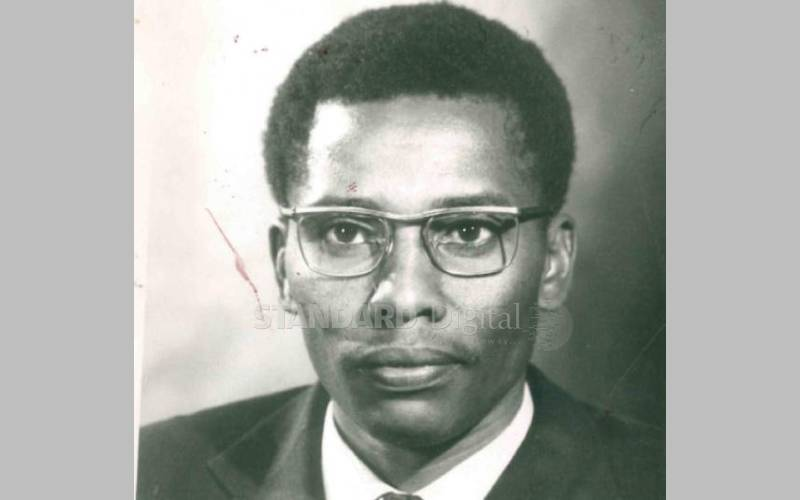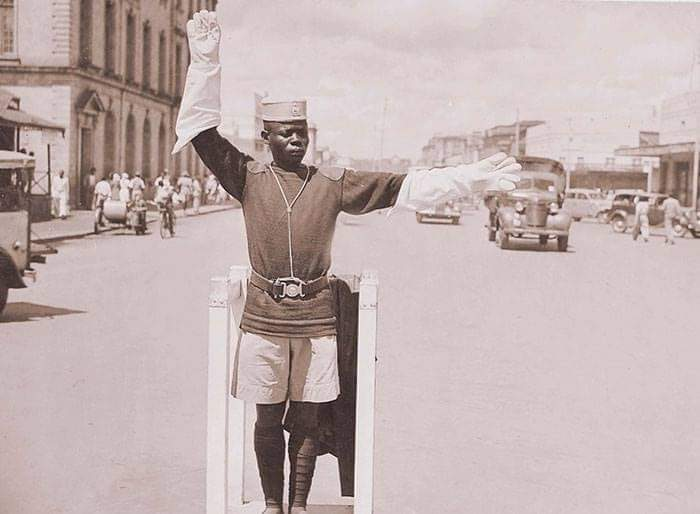Nicholas Biwott: The Rise and Fall of Kenya’s “Total Man”
Nicholas Kiprono Kipyator arap Biwott was born in 1940 in Chebior Village, Keiyo District (in present-day Elgeyo-Marakwet), into a humble Kalenjin family. His parents, Cheserem and Maria Soti, were progressive for their time – his father was an enterprising farmer-turned-businessman, and his mother stressed education for all her children. Biwott attended local schools – first … Read more










